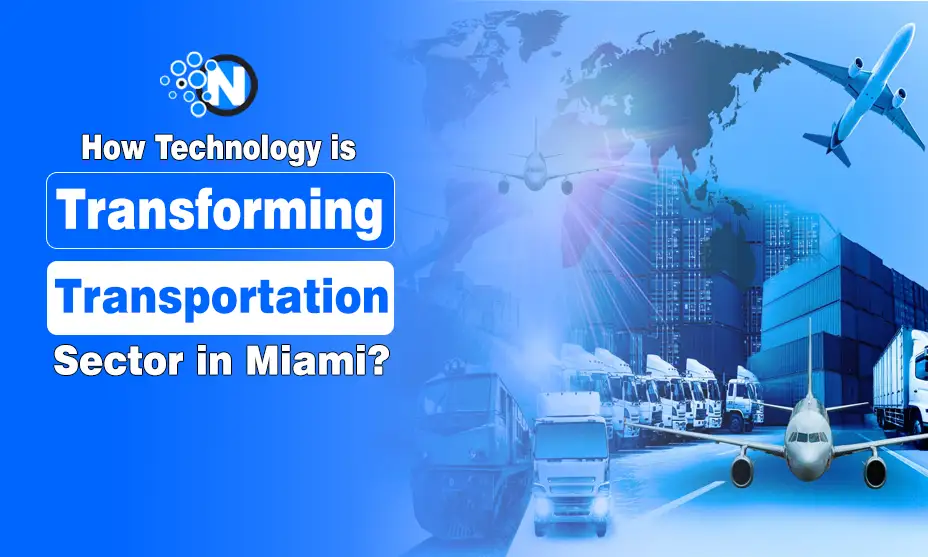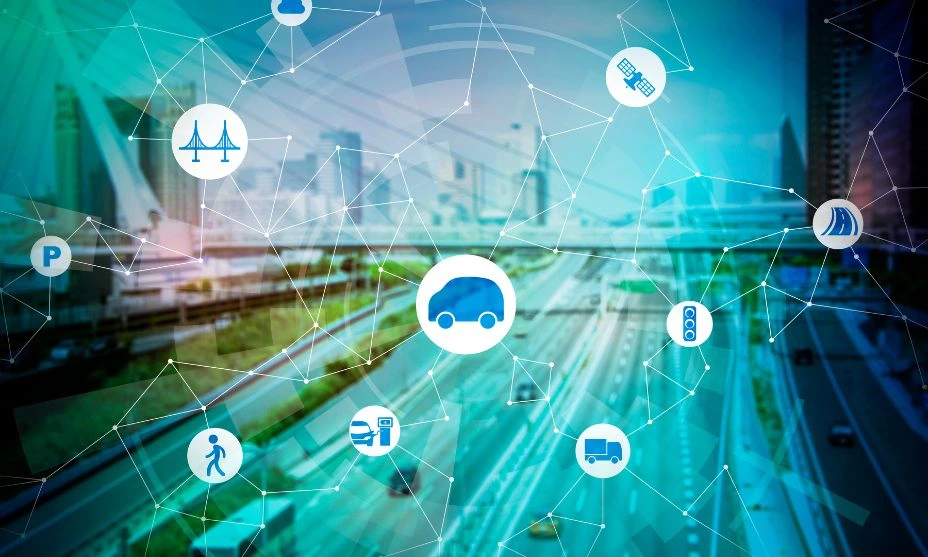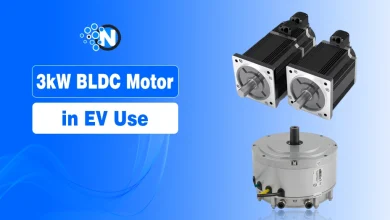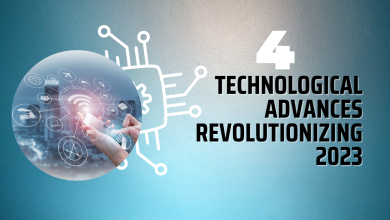How Technology is Transforming Transportation Sector in Miami?

Miami is better known for its beautiful and crystal-clear beaches, cultural diversity, and street art. However, it isn’t enough for Miami to drive a pure cultural and natural environment in the state. That’s why they have launched Electric transportation transit.
According to Statista, Miami welcomed 3.6 million international tourists in 2023, and in 2024, visitor numbers will increase, obviously. It is good for Miami, but there are traffic effects.
That’s a reason why Miami-Dade County’s Department of Transportation and Public Works (DTPW) is working on a Miami Traffic remedy. Further, the department shares solutions to have an electric transportation transit where advanced electrical technology is playing a vital role.
Let’s Discuss the Process in Detail!
How Miami Using Technology to Transform the Transportation Sector
Miami is electrifying its transportation sector using technology, but let’s find out how to do it in the section below.

Electric Vehicles
The Strategic Miami Area Rapid Transit (SMART) program of Miami is also known as the South Dade Transitway program. According to the SMART program, Miami will use battery-powered electric vehicles to preserve fuel and draw power from a battery pack.
Further, the battery pack will be charged from an electricity grid, helping Miami preserve fossil fuels and use reusable sources. In this way, Miami is expected to become a zero-emission vehicle fleet using electric technology by 2024.
Auto Driver Modes
As Miami introduces electric vehicles, a car and a taxi are going to be driverless. That means the taxi will run automatically by using the Internet of Things (IoT), which is equipped by Artificial Intelligence. A prominent example of an auto-driver vehicle is a Tesla, which can be moved from one point to another driverlessly.
This solution is cost-effective and soluble for tourists who like travelling by having a taxi in Miami. In this way, Miami has a way for tourists to have the best tourism experience.
Electric Propulsion for Ships
Technology has made electric batteries more powerful than ever. Batteries now conserve enough energy to propel a ship. At MiamiPort, some ships use electric propulsion, which is more beneficial for efficiency and performance than mechanical systems.
Moreover, the SMART program suggests that Miami uses batteries for electric propulsion for greater efficiency and performance and uses shorter ferry routes. In that way, ships will save fuel and energy while using batteries and save electricity on shorter pathways.
Infrastructure
Miami is going to invest in the infrastructure of transport. As Eulois Cleckley stated, “It’s going to be the most significant investment of Miami in infrastructure and transit.” The SMART program asked Miami people to use electricity as a fuel to promote transport applications with technology.
Once the infrastructure is completed, the Miami transit system will get several results, such as reduced transportation-related emissions, increased transit ridership, and Improved travel.
Electric Public Transport
Eulois Cleckley is the CEO of the Miami-Dade County Department of Transportation and Public Works (DTPW), who stated that the department is going to purchase 175 public buses by 2024. The purchase is more than 10% of the Miami bus fleet in the transport sector.
The South Dade Transit Operations Center (SDTOC) will serve as a house and maintenance for these buses. Further, it will become the first electric house for buses in the United States of America.
Miami-Dade’s bus system covers extensive routes across the city, allowing you to easily reach popular destinations such as South Beach, Wynwood, and Little Havana. Bus fares are among the most affordable, with a standard one-way fare of about $2.25, which is all because of electrical technology.
Secondly, Metromover is a free, automated people-mover system that operates in downtown Miami and the Brickell area. It’s an excellent option for those exploring the city’s financial and cultural hubs without spending a dime.
Miami is home to a variety of bike rental services, with Citi Bike being the most prominent. It operates numerous docking stations around the city, allowing riders to rent a bike for a fixed time. Rentals start at around $4.79 for 30 minutes, making it a great choice for short trips.
Low Carbon Mobility Options
The DTPW funded Surtax and Volkswagen to introduce electric cars to Miami people for low carbon emission through automobiles. However, the vehicles will also draw energy from batteries to move but will use renewable energy for better fuel reduction.
With infrastructure and mobility investments, Miami will become a zero-emission through mobility state. This can’t be possible without the implementation of electrical technology that helps DTPW equip electric machines and batteries.
What Have We Anticipated?
The world is going to the pathway where humans will short out of the fossil fuels. Earth people will run out of fuels to move their cars, but then comes the renewable energy sources for vehicles. Here comes the electricity, which is being made by water.
Miami is going to become the first hub in the United States to run electric vehicles by 2024 and become the perfect place for tourists to get save and cheap rides. Further, electrical technology is being used to adapt electric machines for electric propulsion, making Miami a zero-emission vehicle fleet.




